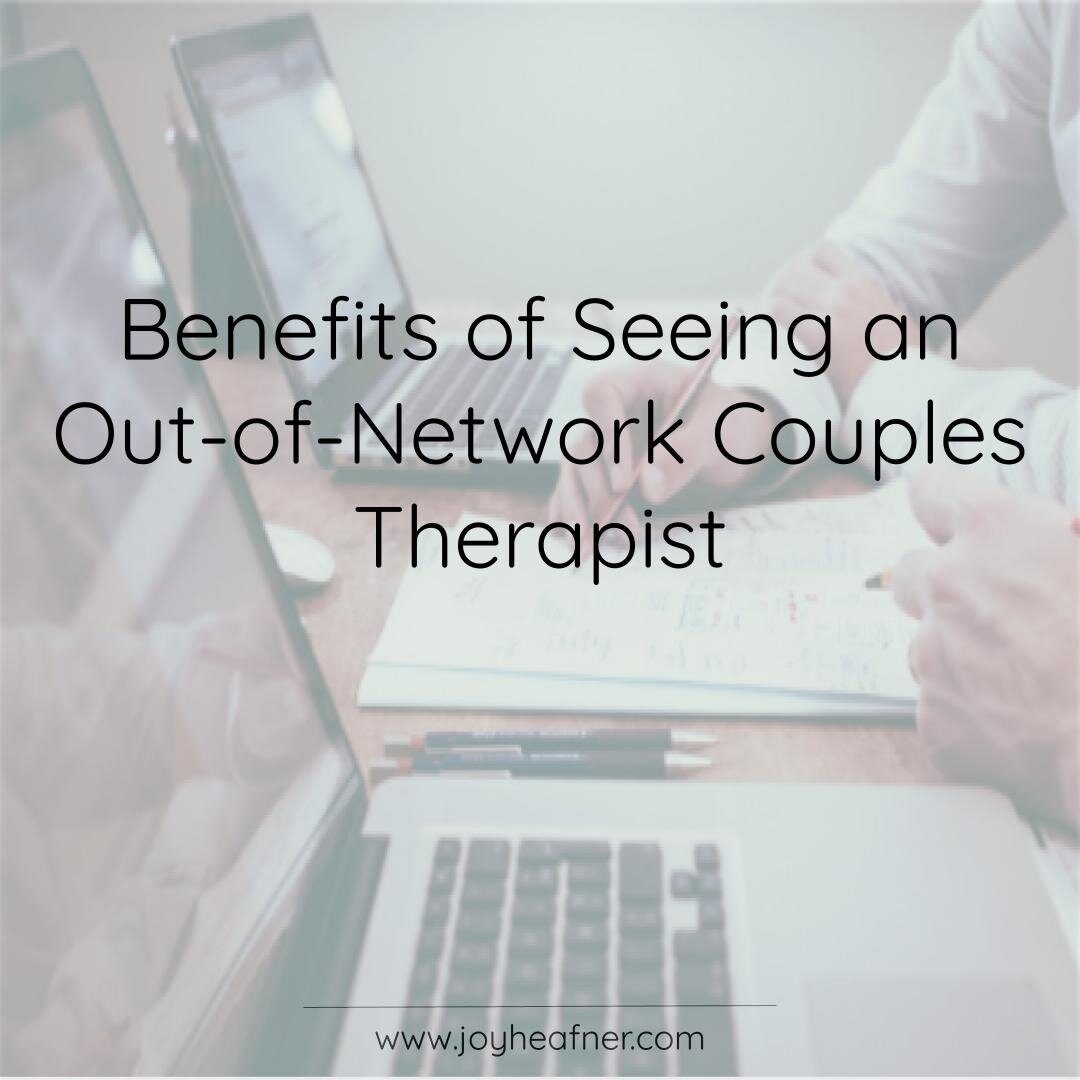What Does Aim Point Counseling Do?
What Does Aim Point Counseling Do?
Blog Article
All about Aim Point Counseling
Table of ContentsThe Ultimate Guide To Aim Point CounselingThe Main Principles Of Aim Point Counseling Some Known Facts About Aim Point Counseling.Some Known Incorrect Statements About Aim Point Counseling Not known Facts About Aim Point CounselingThe Main Principles Of Aim Point Counseling
The longitudinal design includes a pre-treatment survey and two follow-up surveys at 3- and 12-months post-intervention. The research is embeded in 8 Relationships Australia Victoria centres, throughout municipal, outer suburban areas, and regional/rural sites. Relationships Australia, a non-government organisation, is the largest provider of couple counselling and partnership solutions in Australia.
In Australia, the typical length of marriage before separation is 8.8 years, and approximately fifty percent of all divorces entail couples with youngsters [1] These high rates of relationship malfunction have actually been constantly related to negative health repercussions for both grownups and youngsters following divorce/separation. These consist of seclusion from assistance networks, and lowered revenue and standard of living for both grownups and kids [3], dilemmas of loyalty over youngsters for males, and depression and loss of identification for females [4,5]
The Buzz on Aim Point Counseling
Longitudinal research studies additionally recommend that youngsters of divorce have a greater incidence of emotional conditions, medicine and alcohol use, and high-risk sexual practices [7] Although the results of separation and splitting up can be destructive, research study shows that high partnership disharmony in intact couples is additionally likely to have unfavorable results.
Additionally, variables that affect the outcomes of these services require detailed examination. Research study to day has actually identified both couple and private aspects that might contribute to connection discord. These include connection satisfaction and dedication at the pair degree, and anxiety at the specific degree. However, robust research study to examine relationship-enhancing treatments in the neighborhood are scarce.
See This Report on Aim Point Counseling
Partnership complete satisfaction has been the most common end result variable determined in even more than 200 analyses of couple coaching [11,12] Studies have discovered significant enhancements in partnership contentment from pre- to post-treatment [13,14] and over the course of one to 2 years complying with therapy [15] In these research studies, partnership complete satisfaction was most often analyzed using the Dyadic Adjustment Range (DAS) [16] For that reason, while most studies show enhancements in connection satisfaction following pair coaching, they are limited by the samples and procedures made use of, largely short-term follow-up amount of time, and evaluations that do not account for the dyadic nature of pair information. Connection commitment, based on actions such as the Commitment Supply (CI) [19], is an additional generally checked out relationship end result.
To summarise, research indicates that couple-specific variables as well as specific factors might predict the results of couple coaching and relationship services. The causal direction of these connections, nevertheless, is less clear. These observations are essential, because, to validate and assist the application of relationship services such as couple coaching, empirical proof needs to explore both the outcomes of connection solutions and the variables that predict successful treatment.
There is a growing agreement that efficacy research studies need to be complemented by effectiveness research study to best notify medical practice [ 29] The minimal effectiveness research study that exists to day suggests that pair counselling can enhance outcomes such as partnership complete satisfaction [33,43], communication abilities and general well-being [44], at the very least in some European nations.

We currently recognize little concerning the accounts of pairs who look for out relationship education and Website learning compared with those who seek connection counselling, or the outcomes of these programs. Unscientific evidence recommends that there may be significant distress amongst at least some pairs looking for relationship education.
The smart Trick of Aim Point Counseling That Nobody is Talking About
Feedback involves participants finishing sets of questions regarding their relationship (e.g. measures of social issues), and obtaining information on what their ratings show. Cognitive-behavioural methods advertise changing cognitions to help with favorable connections. These may include advertising reasonable attributions/expectations around unfavorable companion behavior [46] Lastly, in abilities training, pairs participate in lectures or discussions on connection skills, and practise these during facilitator-led tasks [ 45]
These results have lingered for approximately 4 years in some studies [47] Nonetheless, these meta-analyses highlight limitations in the present literary works on partnership education. Especially, the majority of researches involved pairs from top socio-economic backgrounds that were not experiencing high partnership disharmony [47,48] This example account may not stand for customers who usually offer for relationship education and learning.
Some Known Details About Aim Point Counseling

Really little research has actually checked out the comparative benefits of pair coaching and connection education programs. As clients are most likely to self-select into these solution types, it is not clear whether particular connection distress accounts present per service kind, or undoubtedly whether there is an interaction in between presenting profile, service kind and result.
(http://www.askmap.net/location/7289669/usa/aim-point-counseling)
Thus, we have actually included a 12-month follow-up to determine longer-term patterns and results.
Therefore, we propose to make use of multi-level statistical modelling treatments that regulate for the inter-dependence of couple data to analyze any type of treatment results. The details purposes of the ECC study are to: 1. Map accounts of clients looking for neighborhood agency-based couple coaching vs. connection improvement programs in regards to socio-demographic and connection indications (such as connection contentment, partnership commitment, interpersonal issues, and factors for participating in), as well as health (such as anxiety, basic wellness) and health and wellness solution use (eg.
Establish whether pair coaching and partnership education solutions boost three- and twelve-month end results for partnership satisfaction, commitment, and depression, utilizing statistical analyses suitable to combine data. christian marriage counseling. Identify the loved one contributions of client elements (specific and pair) and therapy/education variables to outcomes at 3- and 12-months, and to sustainability of outcomes over time.
Not known Factual Statements About Aim Point Counseling
Multi-level modelling to identify pre-post differences, regulating for dyadic (couple) degree. To add to the literature assessing the efficiency of community-based pair counselling. The outcomes will help clinical decision-making in community-based relationship solution settings, and expert training. 3. To determine the loved one contributions of client/couple and treatment elements to end results at 3- and 12-months, and to sustainability of end results with time.
Report this page